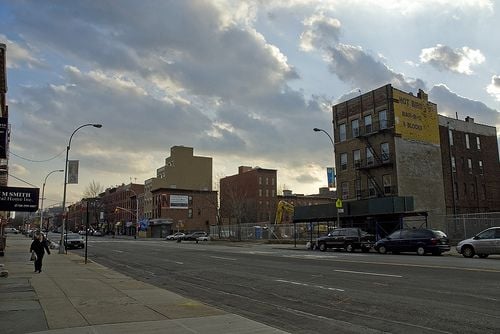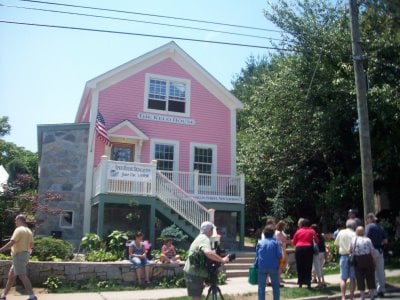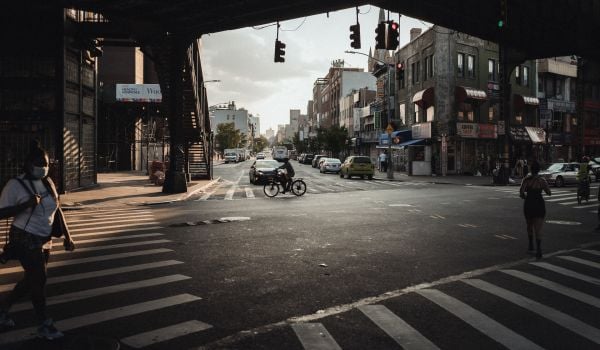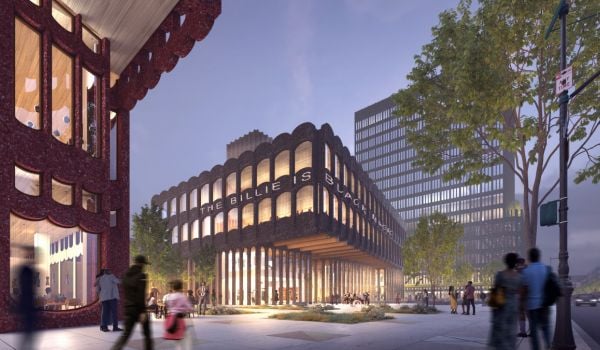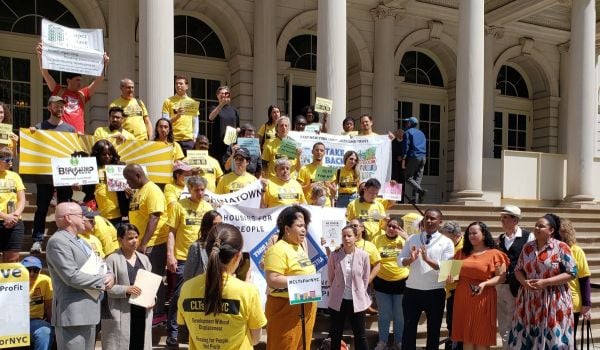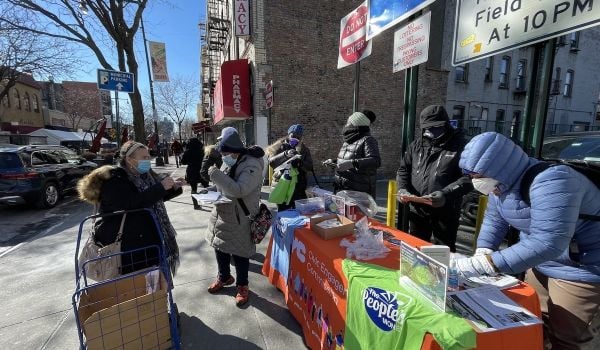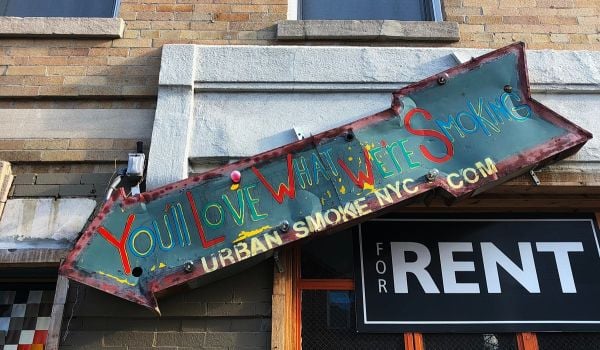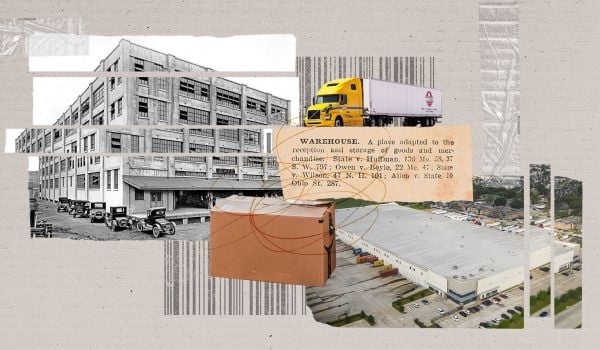It was big news when Pfizer, the pharmaceutical company that “set off a landmark eminent domain battle,” announced that it was leaving New London and taking 1,400 jobs with it. It called for a look back at that Supreme Court case, Kelo vs. New London. Here is a choice quote that the NY Times used:
In a 5-to-4 decision, the high court ruled that it was permissible to take private property and turn it over to developers as part of a plan to bolster the local economy. Conservative justices, including Clarence Thomas, dissented. Justice Thomas called New London’s plan “a costly urban-renewal project whose stated purpose is a vague promise of new jobs and increased tax revenue, but which is also suspiciously agreeable to the Pfizer Corporation.”
It is a rare moment when I agree with Clarence Thomas. And 43 states have now taken measures to protect private-property rights.
Blighted? Susette Kelo’s house in New London.
But I don’t believe that New York State is one of them. And just around the holidays, New York’s Court of Appeals announced that the state could exercise eminent domain in claiming land for the Atlantic Yards project. And thus it ruled that the neighborhood in questions was “blighted.”
I used to live half a block from Atlantic Yards and I take issue with the notion that it is a blighted neighborhood. It’s not a pretty area, but there is a pretty successful shopping mall, independent stores, bars, and restaurants all in the vicinity.
Blighted doesn’t just have to mean dreary, apparently. I also imagine that the folks who live in Norwood, Ohio, another area being considered blighted for eminent domain use, would argue that blighted is the correct term for their neighborhood.
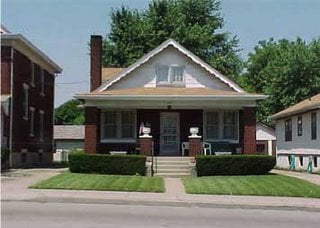
Blighted? Doesn’t really look like it.
Here is a definition according to Colorado (sorry, I’m a little lazy this morning — if you have a better source for the definition of blighted, I’ll fix this):
“Blighted area” means an area that, in its present condition and use and, by reason of the presence of at least four of the following factors, substantially impairs or arrests the sound growth of the municipality, retards the provision of housing accommodations, or constitutes an economic or social liability, and is a menace to the public health, safety, morals, or welfare:
(a) Slum, deteriorated, or deteriorating structures;
(b) Predominance of defective or inadequate street layout;
© Faulty lot layout in relation to size, adequacy, accessibility, or usefulness;
(d) Unsanitary or unsafe conditions;
(e) Deterioration of site or other improvements;
(f) Unusual topography or inadequate public improvements or utilities;
(g) Defective or unusual conditions of title rendering the title non-marketable;
(h) The existence of conditions that endanger life or property by fire or other causes;
(i) Buildings that are unsafe or unhealthy for persons to live or work in because of building code violations, dilapidation, deterioration, defective design, physical construction, or faulty or inadequate facilities;
(j) Environmental contamination of buildings or property;
(k.5) The existence of health, safety, or welfare factors requiring high levels of municipal services or substantial physical underutilization or vacancy of sites, buildings, or other improvements;
(l) If there is no objection of such property owner or owners and the tenant or tenants of such owner or owners, if and, to the inclusion of such property in an urban renewal area, “blighted area” also means an area that, in its present condition and use and, by reason of the presence of any one of the factors specified in paragraphs (a) to (k.5) of this subsection (2), substantially impairs or arrests the sound growth of the municipality, retards the provision of housing accommodations, or constitutes an economic or social liability, and is a menace to the public health, safety, morals or welfare. For purposes of this paragraph (1), the fact that an owner of an interest in such property does not object to the inclusion of such property in the urban renewal area does not mean that the owner has waived any rights of such owner in connection with laws governing condemnation.
While I would agree that there is much vacant land in the Atlantic Yards area, that there is an “inadequate street layout” and other problems, the fact is that the neighborhood is fairly vibrant nonetheless. And while I think that the train yards could be revitalized, I don’t think that other buildings, where people currently live and don’t want to leave, need to be taken over. Is the definition of blighted problematic or is the whole concept of eminent domain the problem? I’m curious to know if there are lots of instances when non-controversial eminent domain usage radically transformed a neighborhood into a much better place. Any examples you want to share?

Diana Lind is the former executive director and editor in chief of Next City.

